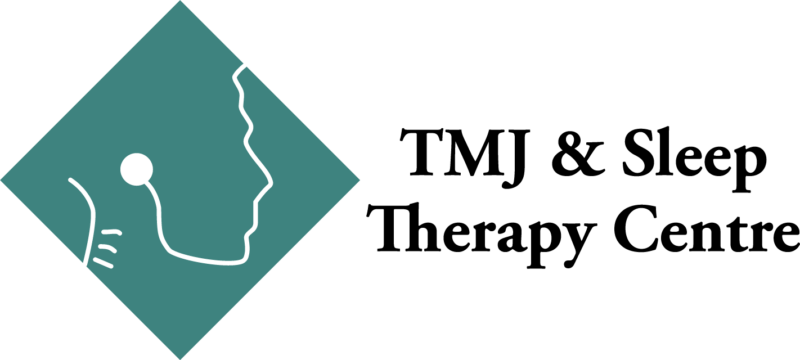When living with TMD, you might be aware of certain triggers that cause pain. These could be certain physical activities, foods or lifestyle habits. Sometimes, however, you might not feel like you have any control over when you experience pain. We want our TMD patients to live a full life, and to do so, there are certain things you might want to avoid that put more strain on your TMJ then necessary.
Here is a list of activities to be aware of:
- Gum chewing — Chewing gum has the opposite effect that you want on your jaw joint if you have TMD. It puts unwanted strain on the jaw joint and muscles. Your jaw needs to rest, not be overworked in this way. Instead of gum, try sucking on a mint or hard candy. But please avoid biting down on these treats, as well.
- Hard foods — While there are many enjoyable foods that are tough or hard (apples, carrots, etc.), it’s best to avoid them, as they put excessive stress on your jaw. It’s also suggested to cut food into smaller pieces so you don’t have to open your mouth as wide, which can also trigger jaw pain. While eating a big cheeseburger isn’t off limits, you may want to cut it with a fork and knife to make it more manageable to eat.
- Habits — Chewing on pencils and nail biting are habits that some people aren’t even aware they are doing. Habits like these can put strain on your jaw, but leave you wondering what caused the pain. Often, those closest to us who notice these things and can gently remind us to stop. The more you are aware of your own actions, the more likely you will be able to catch yourself and stop doing them.
- Chin rest — It’s quite natural to want to rest your head in your hands throughout the day; it’s a common reflex that can do more harm than good. The weight of your head rests on your chin, causing your jaw to push up against the TMJ, which is the very thing you don’t want to happen.
- Choosing sides — You may realize that you chew on one side of your mouth more than the other. The constant stress placed on one side can lead to pain and dysfunction of the TMJ in that area. When eating, practice being mindful of chewing on the left and right sides of your mouth. After a while, you will get into the habit of doing so.
- Mind your posture — While you may think that your jaw joint is only affected by jaw activity, your posture also plays a role in how well it does or doesn’t function. When you slouch, your head is not properly aligned over your cervical spine, and as a result your jaw is not in optimal alignment either. By working on strengthening your back and shoulder muscles so you don’t slump over, you can also take some strain off your jaw joint.
By practicing these healthy lifestyle changes, you can be in better control of your TMD therapy and avoid unnecessary pain and strain on your jaw joint.
